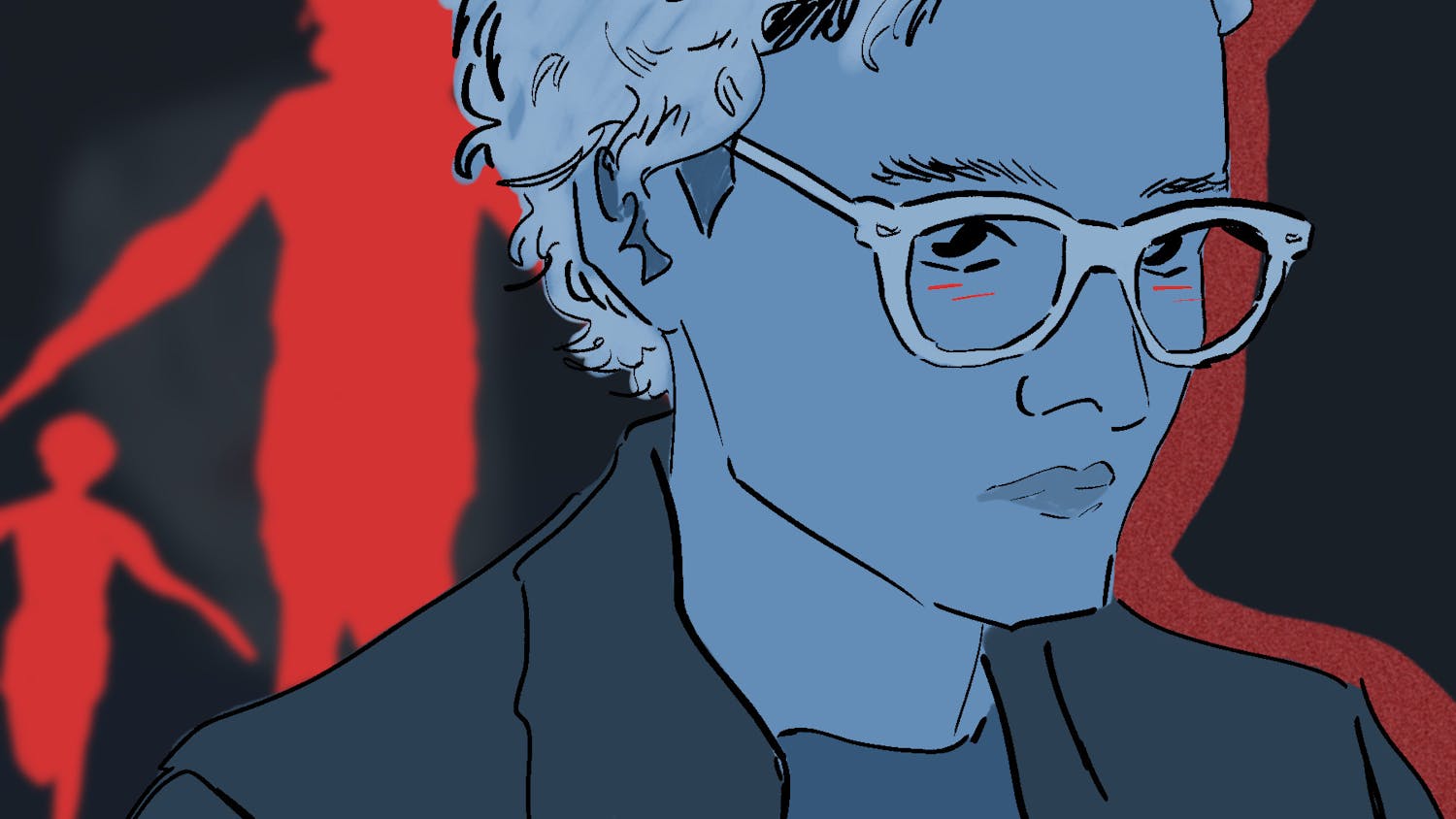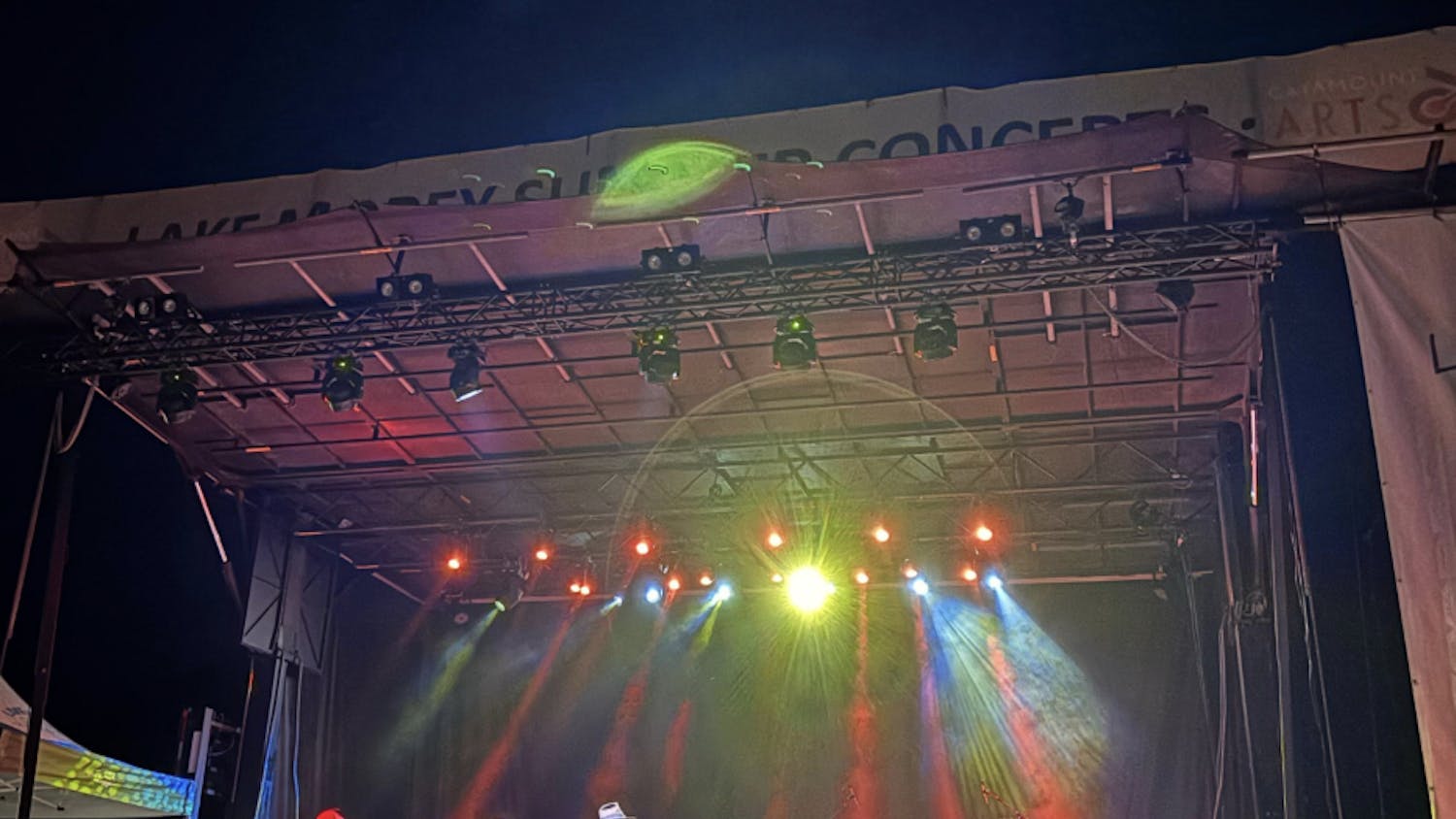Portraiture is a timeless artistic technique. Throughout the history of art, artists have employed the portrait style to capture something essential in their sitters. Whether realistic or abstract, historical or contemporary, portraits have the ability to convey many messages about both the sitters themselves and the societies in which they live.
Offering a looking-glass into the European world of the 16th century, the Hood Museum of Art's new exhibition, "The Power of Appearances: Renaissance and Reformation Portrait Prints and Medals," explores the portrait styles of the period in a close study of over 100 objects. The exhibition examines portraiture on a variety of levels, focusing on the images themselves as well as what they reflect about Europe at the time.
"The Power of Appearances" urges its visitors to look closely at its portraits, as each image offers much more than just a simple representation of a subject. Each portrait seems to have had many motives behind its creation. Consisting mainly of easily reproducible prints, the exhibition emphasizes the underlying intentions of these portrait prints, whose naturalistic or, more often, idealized portraits were frequently distributed as political or religious propaganda.
Thus, it is necessary to study these Renaissance and Reformation portraits for more than their face value. Not only is it important to understand whose likeness is manifest in a particular portrait, but also "how the portrait is used and how it is being presented," T. Barton Thurber, curator of European Art, said.
The exploration of the prints and medals is divided into three main categories within the exhibition, which includes the work of some of the period's most renowned artists, including Albrecht and Drer. The exhibition begins with portraits of popes and rulers, whose representations are portraits in the conventional sense but are highly reflective of the politics of the time. These prints feature emblematic representations of the ways in which powerful individuals chose to present themselves. Aside from the portrait itself, coats of arms and Latin inscriptions are recurrent devices employed in the prints.
When the likeness of an individual diverges from the naturalistic, visual clues such as robes, crucifixes and crowns often reveal the social standing of a portrait's subject. Accordingly, the appearance of the sitter is not always entirely based in reality; as such, the sitter must be recognized by other conventions that will clearly reflect who he or she is.
Illustrating this notion of conventional imagery, the first section of the exhibition includes a series of portraits of Emperor Maximilian I. Each print employs a very different representation of the ruler of the Holy Roman Empire. In one, for instance, Maximilian I takes on the guise of Saint George, presenting himself in the image of crusader and martyr.
Clearly, these images were not meant to be realistic representations of the Holy Roman Emperor. Instead, as prints, they were designed for easy distribution to the public and served to enhance the image of the Emperor. In fact, Maximilian I was the first political figure to use the printing press as a means of transmitting visual and textual information to the public.
Portrait medals were also key features in the promulgation of political publicity. Although in a similar vein as the portrait prints, the medals did serve a slightly different purpose. Whereas a single print might be reproduced hundreds of times, a medal would usually only be recreated closer to ten times.
The relative rarity of the medals made their dispersal more selective. The medals on display in the exhibition, including one of Catherine de Medici, were usually circulated to close friends and associates of the political figures and not the general public.
Propagandized portraiture was by no means the only type of portrait derived in this period. Rather, artists used the vast reproducibility of prints in a variety of ways. For example, a book on display in the exhibition features images from an artist's entire portrait gallery; he had clearly hoped to reach a larger audience in this reduplication of his work.
Satire formed the foundation for another style of print portraiture. Known as "broadsides," these prints were the equivalents of flyers or posters of the day. These portraits poke fun at the typical imagery of Renaissance portraiture by transforming familiar notions in order to mock what is otherwise sacred. One broadside takes a typical image of the Pope and rebuilds it, surrounding him with animal figures, each representing a different vice.
The second section of the exhibition focuses on imagery of intellectual and religious figures. These prints feature such contrasting imagery as that of Catholic saints expelling devilish reformers and Martin Luther leading Protestant reform.
Like Maximilian I, Luther is depicted in many different ways in his portraits. Among the prints, Luther is presented as a monk, a country squire, a theologian and a scholar. Other images of Luther raise him to a saintly status as the reformer of the Catholic Church. These images were undoubtedly used to bolster Luther's appeal and entice his followers.
Artists, authors and architects comprise the subjects for the exhibition's final section. Here, it is interesting to see the transformation of the artists' role in the portrait process. Whereas the earlier portraits had been commissioned for their political use, these portraits exhibit the artists' individual pride in their own work. Signatures and personal insignias become prominent parts of these works, as artists now wanted to receive recognition.
One such print entitled "The Lowering and Transportation of the Vatican Obelisk," provides an extreme example of the artist's emphasis on his own work. Commissioned by Domenico Fontana, the print details the artist's own historic accomplishment; he was entrusted by the Pope to move an ancient obelisk from one location to the center of St. Peter's Square in Rome and did so successfully.
"In the print, he celebrates his own greatest artistic achievement," Thurber said.
Fontana also includes his own portrait in the print, displayed prominently in bottom left corner. This is one of the first occasions on which an artist applies his own portrait to a work already celebrating the fame of his work. By reproducing his own achievement for the general public, Fontana was promoting his achievements and, most importantly, his own identity.
The reproducibility of prints allowed for new extensions in the use of portraiture during the time of the Renaissance and Reformation. The widespread ability to disseminate portraits provided many new and appealing opportunities for members of the political, religious, and artistic spheres.
The iconography of the portraits and their function was of utmost importance to the overall interpretation of the images. The subjects needed to strike a balance between being recognizable and promoting their messages to the general public. A single image can certainly speak volumes about a person, and, as a result, the power of these very public portraits was never underestimated.



